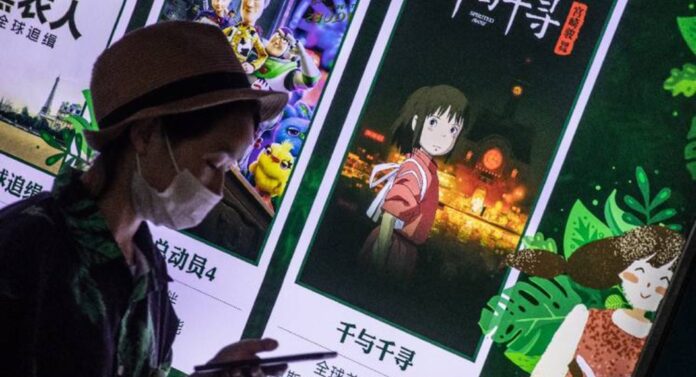It is difficult to overstate the legacy of storytelling and artistry that Hayao Miyazaki has built over the years as a director and co-founder of Studio Ghibli, the Japanese animation studio. When he retired in 2013, after his Oscar-nominated The Wind Rises was released (it lost to Frozen), Studio Ghibli put its production arm on hiatus. Earwig in the Witch is an adaptation of a Diana Wynne Jones novel, as was Howl’s Moving Castle by Hayao Miyazaki.
Yet what’s ultimately frustrating is that Goro Miyazaki isn’t the right heir to this great legacy; without much artistic vision of his own, Studio Ghibli is just taking on these lower-budget projects. At least we can rest easy: Hayao Miyazaki is working on one last film, How Do You Live.
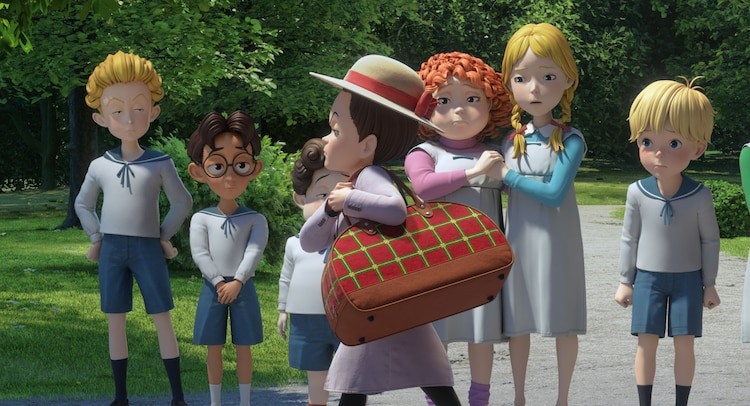
Ghibli’s Biggest Failure.
The familiar cold landscape will soon be diluted by a new animated feature, and from Studio Ghibli, founded by Hayao Miyazaki. However, after the brilliant “Soul” Pixar – the only worthwhile picture now in cinemas – “Aya and the Witch” just pales, especially if you take into account (and this point certainly can not be missed), that the Japanese animators decided to “copy” Pixar 3D animation. Computers have usurped pen and paper – fans are terrified.
Ghibli vs Pixar.
Under the careful guidance of the original and thoughtful Japanese Hayao Miyazaki, who founded Ghibli in 1985, the studio’s projects were nothing but success. Starting with 8.1-rated “Navshikai of the Valley of the Winds,” the studio confidently, but slowly, began to build its reputation as the perfect production house. “My Neighbor Totoro,” “Princess Mononoke,” “The Walking Castle” and the Oscar-winning “Gone with Ghosts” amazed at the box office, perfect animation, and deep storytelling. Ghibli is the Japanese equivalent of that American studio Pixar, just as successful and philosophical.
Now the Japanese have decided to resemble American production with computer graphics. Pixar is its constant populators and started out with three-dimensional art when it all seemed like a bad innovation. The problem is that Pixar’s computer graphics look organic, you could say it’s their “thing”. Other than that, each new film looks more and more professional – the animal hair, sweater fleeces and character movements in the latest releases look more real than animated. There are so many tiny details that in a recent Toy Story 4 picture it took 60 to 160 hours for the computer to process a single frame – hard to believe.
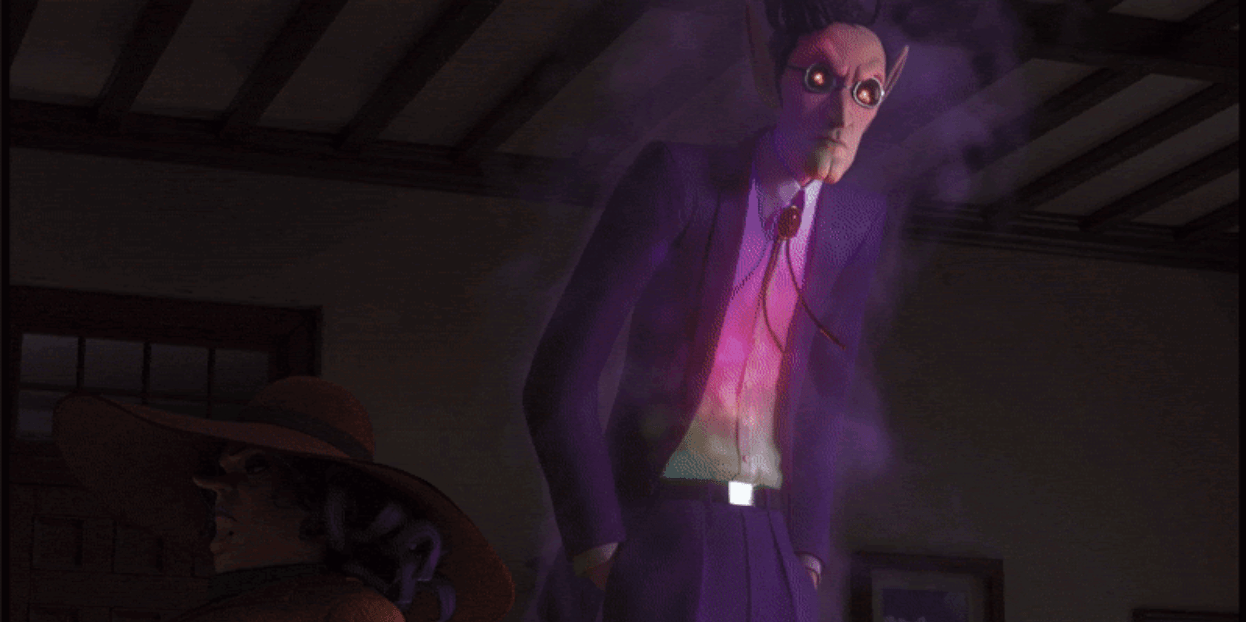
If Pixar is the limit of modern 3D animation perfection, then “Aja and the Witch” decided to take the bar lower. Even the untrained eye can see that the 3D graphics are rather at the level of the last decade. Fans of the studio are particularly saddened by this because Ghibli has always been known for superior animation. Every frame had realistically (unlike most anime) drawn details and characters, and all the backdrops were worthy of hanging on the wall in a frame. Ghibli’s “thing” was, on the contrary, hand-drawn cinematography.
Of course, even before that, the studio had to use the computer to speed up the creation of pictures. This usually involved editing – it was almost always done on a computer. 1997’s Princess Mononoke was 10 percent CGI, and in 2018, Miyazaki created the 14-minute Boro Caterpillar for Studio Ghibli Museum, his first fully computer-generated graphics. But the technology was only an auxiliary element or a forced measure, and the style of the films was still invariably still drawn.
“Aja and the Witch” seemed to everyone an unjustified experiment. Of course, without experimentation, there would be no development, but ineptly animated characters are rather perceived as a regression. Audiences were not outraged by the switch to a new format, but by the sudden loss of quality, for which Ghibli has always been famous. Most likely, Japanese animators have simply decided to test whether their viewers will “go” popular now 3D format, but the Japanese themselves are not used to this kind of design creativity, which partly explains the unsuccessful graphics. Aside from Polygon Studios’ “Ronja, Bandit’s Daughter” series, which is entirely made in 3D, the combination of computer graphics and cartoon animation continues to flourish in Japan.
The apple doesn’t fall far from the tree.
The only good news is that Miyazaki wasn’t working on the experimental project himself – he has once again returned from retirement to bring to life another picture that will definitely be better and will be out in about two years. “Aya and the Witch” is far from the first animated film for animator Goro Miyazaki’s eldest son. “Tales of Earthsea” (2006) won the anti-Worst Movie of the Year award at the Bunshun’s Rasberry Awards, Japan’s equivalent of the Golden Raspberry. At the time, critics were seriously surprised because it was perhaps the first time the studio hadn’t released a true masterpiece – emotionally, they called Tales of Earthsea “the studio’s worst film.” Then Miyazaki Sr. explained that his almost thirty-year-old son was “not yet an adult” and not ready to release really worthwhile projects.
Goro listened to the critics and worked for a long time on the animated feature film From the Slopes of Kokuriko (2011), which was quite successful, taking the top spot at the box office in Japan that year and even winning several awards. IMDb rates the cartoon at 7.4, and it’s really not bad. At the time, there were rumors that Hayao Miyazaki was planning to end his career, so the box office numbers were more justified by the fact that audiences were excited about the future of the studio and wanted to see what it would become in Goro’s vision. To everyone’s delight, the great animator Miyazaki did return after a couple of years, and also rated his son’s work a little higher – in short, everyone was happy, but 2020, of course, dashed all hopes (“Aya” was released in Japan last year).
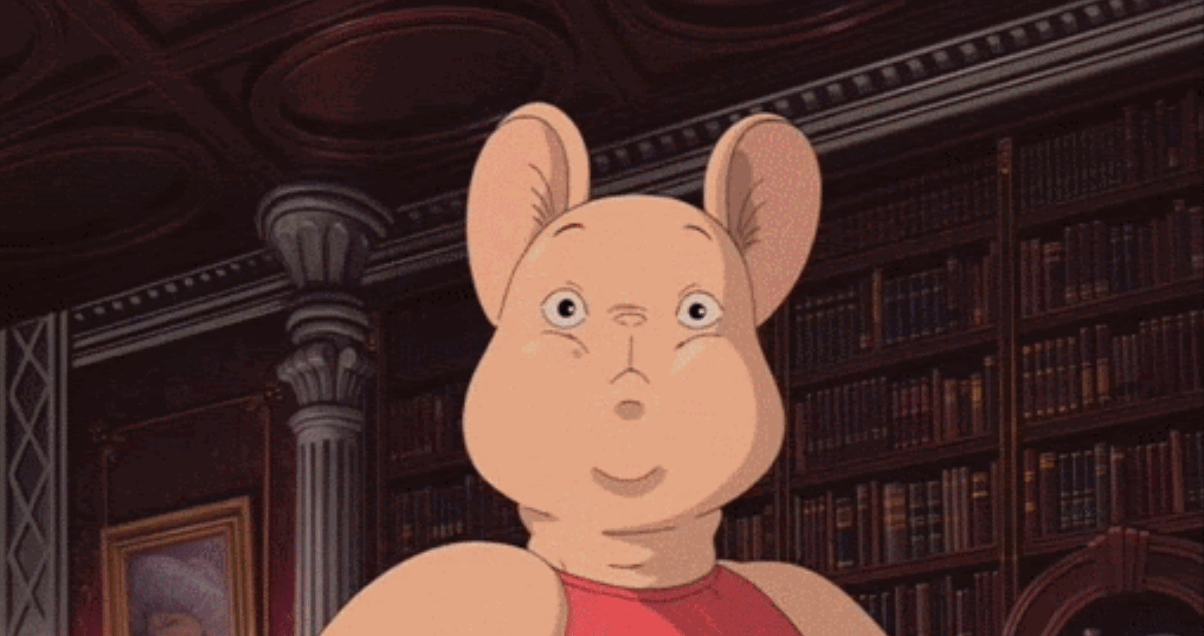
According to Shiro Yoshioka, a university professor and anime enthusiast, Goro may well ruin Ghibli’s reputation. Miyazaki Jr. has long demonstrated his interest in computer graphics – he created the series “Ronja, the Bandit’s Daughter” mentioned in the article. The 3D project was quite successful according to the critics, but Yoshioko doesn’t understand why Ghibli takes Goro under its umbrella. In his review of the latest cartoon, he wrote: “Let Goro Miyazaki make his mediocre CGI animation under the auspices of another studio, the same Polygon Studios, for example. But releasing cheesy CGI pictures exclusively for younger audiences with the Ghibli logo is unacceptable.”
Déjà vu.
The departure from Ghibli quality is also reflected in the plot: original stories are replaced by cliches. Little Aya is adopted by a witch, and the girl enthusiastically immerses herself in the world of magic. According to Japanese critics who have already seen the cartoon in cinemas, the story “makes you cover your face with your hands” and is “even worse than computer animation.” On the correctness of such estimates, everyone will be able to judge in late March, when “Aya and the Witch” will be released in Russian cinemas.
For the rest of us who are curious, the trailer will do as well – it is beautiful because it completely conveys the essence of the film. The maximally Americanized picture is more like a flat comedy. The terrifying setting in a children’s context is still reminiscent of “Scooby-Doo,” and the musical accompaniment and character reactions are like an average Disney Channel series. Those who haven’t seen either can look at the IMDb rating to gauge how bad it is – “Aja and the Witch” is rated there at 4.8.
Because the film reminds so much of everyone’s favorite childhood cartoons, one can’t help but feel a kind of déjà vu, which is even stronger in the context of the studio. Ghibli already has a cartoon about a young witch, The Witch’s Delivery Service (1989). On the surface, of course, it’s hard to compare them, but both witches have a black talking cat and both are away from home for most of the plot – an association many critics had during the first minutes of the film. Also, the older witch, Bella Yaga, who adopted the girl, reminded many of Yubaba from “Gone with the Ghosts” (2001). There’s no need to delve further into this issue, as there are too many similarities – all the characters and details are like echoes of a bygone Ghibli era.
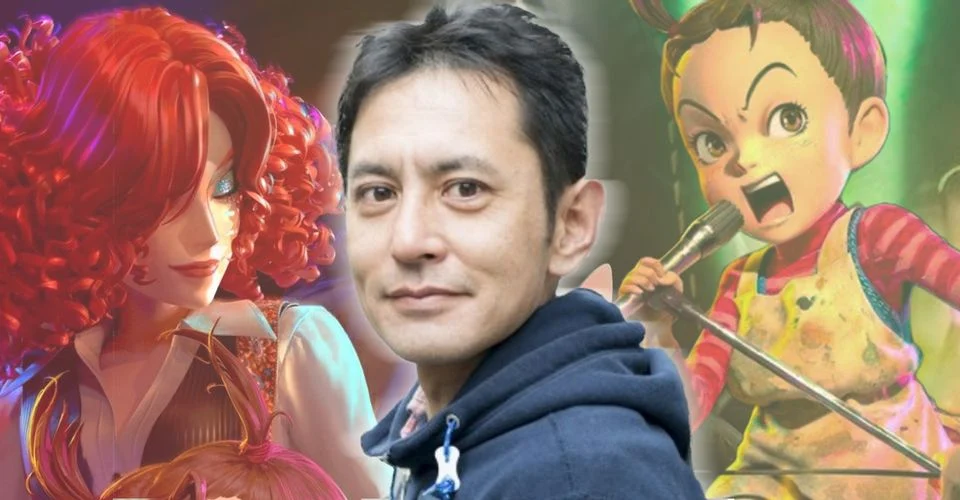
Goro was certainly inspired by the characters created by Hayao Miyazaki’s phenomenal imagination. It remains to be seen why: did he want to pay tribute to the studio’s painted past in this strange way? Or did he decide that the concepts of famous characters were now in the public domain and could be used, disregarding uniqueness?
Time Travels
Japanese animation doesn’t stand still, and the Hayao Miyazaki era will someday be as much a thing of the past as black-and-white cinema. The question is, will someone else take his place? If Studio Ghibli continues down that path, they are unlikely to be able to continue the work of their founder with dignity. But Miyazaki’s successor could be Mamoru Hosoda with his extremely strong The Girl Who Conquered Time and the Oscar-nominated Mirai. An equally worthy candidate is Makoto Shinkai, whose feature-length animated film “Your Name” became the highest-grossing anime in the history of the genre. There are no coincidences, but here it is: all the listed films of Miyazaki’s potential successors are about time travel. Let’s see how they succeed in transporting us, the audience, into the future era of Japanese feature-length animation.
A good article always shows two sides of the coin. And no matter how harshly critics judge Goro Miyazaki, he can be understood. We’re used to seeing Studio Ghibli as an exceptionally creative project – indeed, the senior animator approached each film as his brainchild, bringing in rare originality with a pinch of childlike sincerity. But here, unfortunately, the commercial factor plays a role. The studio needs to try something new, something more suited to the current Z worship that grew up on computer games and three-dimensional graphics. Yes, Goro failed to embody a new format, preserving the trademark quality of Ghibli, but the animator has simply become a hostage of our time when the first place is always the commerce, and the true values, so beautifully embodied Hayao Miyazaki, recede into the background. The hope remains that the great director’s successors will still help us see other times.
Goro Miyazaki
Goro Miyazaki (born January 21, 1967, Tokyo, Japan) is a Japanese director and animator. He is also the eldest son of Hayao Miyazaki.
Goro was born into the family of the famous Japanese director and animator Hayao Miyazaki, and his mother Akemi Ota is also an animator. At first, Goro did not intend to associate himself with the animation, and to follow the path of his father, because he thought that to reach his heights would be almost impossible, so he decided to realize themselves in landscape agriculture. After graduating from the agricultural school at Shinshu University, Goro Miyazaki worked as a designer and consultant for the planning of parks and gardens. He was persuaded to enter animation by the producer and friend of his father, Toshio Suzuki, who is the director of Studios Ghibli, and he invited Goro to work at the Ghibli Museum.
When the studio planned to make a film based on Ursula Le Guin’s Earthsea, Goro was asked to draw a storyboard. After seeing the work Goro did for the studio, Toshio Suzuki decided that he should direct the film.
This decision led to a quarrel between Hayao Miyazaki and his son. Miyazaki was adamantly against Goro directing the film. In his opinion, his son lacked the experience to direct a big film. During the course of the film, Miyazaki and Goro hardly spoke to each other. Despite this, Goro decided to finish his first major project.
On June 28, 2006, Goro presented the finished film Tales of Earthsea. Unexpectedly, his father also showed up for the previews and praised his son’s work. The message he sent said, “The film was made honestly, so it’s good.”
At the 63rd Venice Film Festival, Goro Miyazaki’s film was awarded in the Out of Competition category. Although Tales of Earthsea held the top spot in the Japanese film chart for five weeks, at the end of 2006 Goro won the Japan Golden Raspberry Award in the “Worst Director” category and his film was nominated for the “Worst Film” award. However, in 2007 the film received real recognition, winning the Japanese Academy Awards in the Best Animated Film category, despite this the author herself, Ursula, was critical of the film, saying that Goro had missed the very essence of her work.
Goro’s next film, From the Slopes of Kokuriko, an adaptation of the manga of the same name by Chizuru Takahashi and Tetsuro Sayama, was released in summer 2011. The film won the Tokyo Anime Awards for 2012 in the category “Animation of the Year” and “Best Japanese Film.
In late January 2014, it was announced that Goro had begun work on a television animated series based on Astrid Lindgren’s book Rani, the Robber’s Daughter. This 26-episode anime series aired from October 11, 2014, to March 28, 2015.
In 2017, the studio announced that Goro was working on a new animated film, “Aja and the Witch,” which is an adaptation of the children’s book “Earwig and Witch,” written by British author Diana Wynne Jones. This is the studio’s first project done in CG format. Studio Ghibli previously adapted another of her works, “The Walking Castle. The picture was supposed to show at the Cannes Film Festival, but because of the coronavirus output picture postponed.






